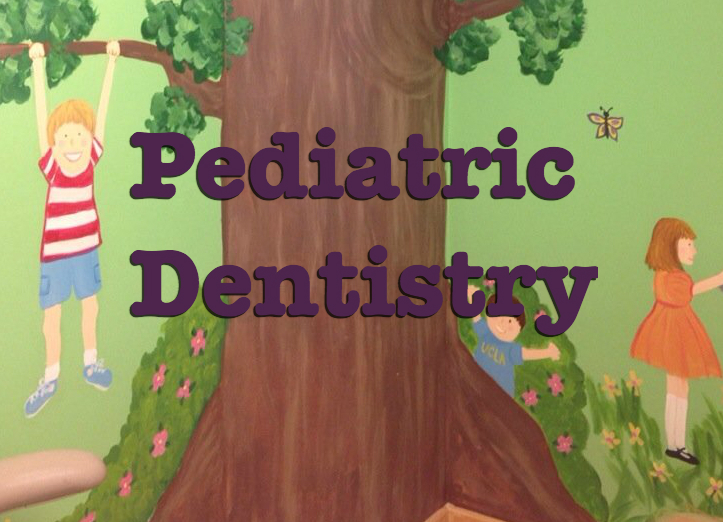Dental crowns and veneers are two of the most commonly used techniques for restoring teeth in the front of the mouth. They are both typically made from thin layers of zirconia or lithium disilicate and are chemically bonded to the teeth. However, the applications in which they are used can be quite different. In general, crowns have certain structural advantages, while veneers allow us to make cosmetic changes while removing a minimal amount of tooth structure.
Crowns work by encasing all surfaces of a prepared tooth (hence the nickname "cap"). They can be used on any tooth in the mouth for either esthetic or functional purposes. To place a crown, we need to reduce every side of the tooth to make room for the incoming restoration. The complete coverage allows crowns to repair extensive decay, replace fractures and even add some structural integrity to a compromised tooth. Crowns also have incredible retentive properties, as the cement and mechanical design truly lock it to the tooth.
In contrast, veneers are typically used in cosmetic applications on the anterior teeth. They are bonded to the front surface of the tooth (as opposed to the complete coverage of a crown), and derive their retention entirely from the bonding cement. Veneers are either placed directly over an unaltered tooth or used after reducing the front surface to accommodate the extra width of material. They can repair smaller chips, close gaps between teeth or correct cosmetic concerns.
Depending on your personal needs, a crown or veneer may be the most appropriate treatment option. If you have any further questions about crowns, veneers or other dental restorations, please give our office a call!





















